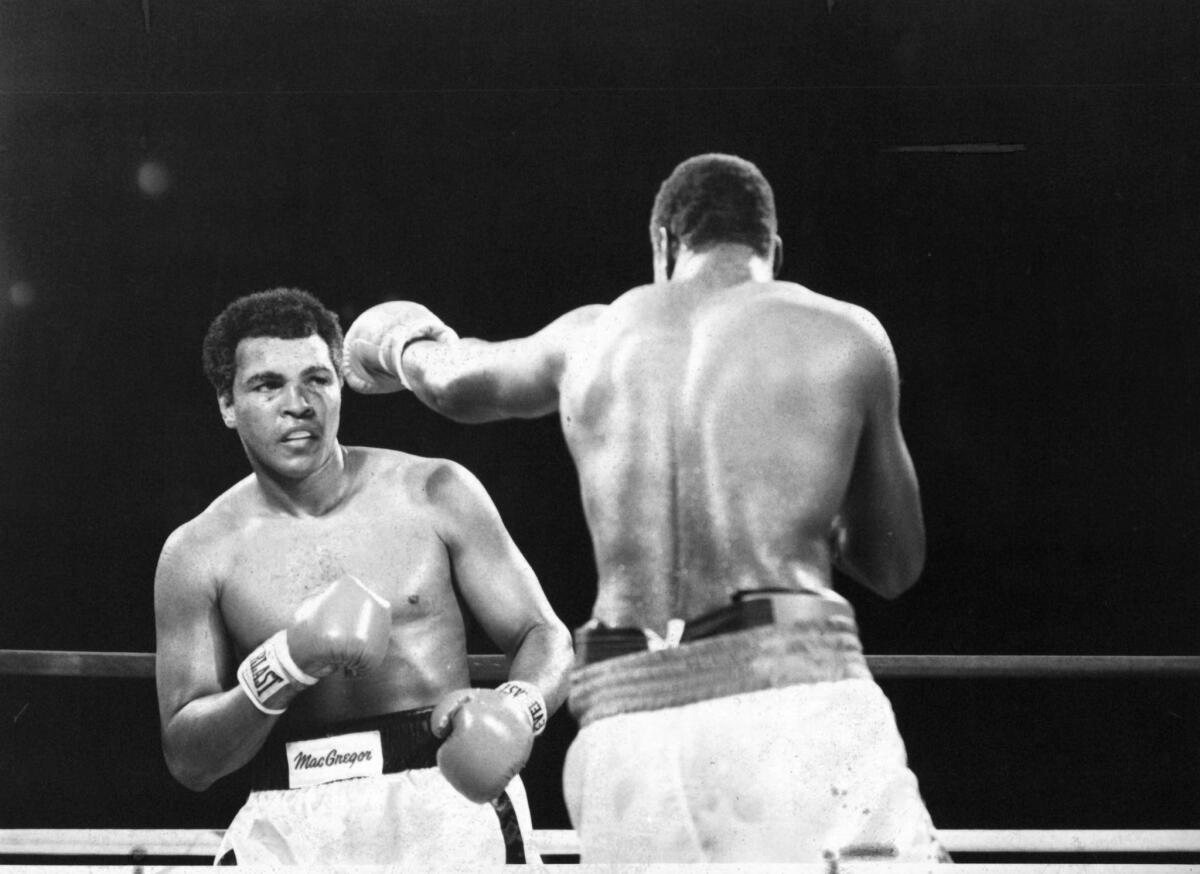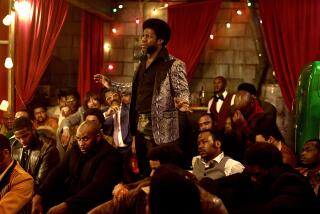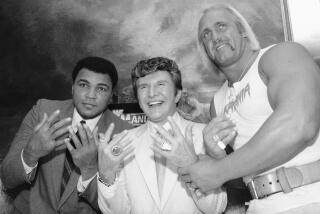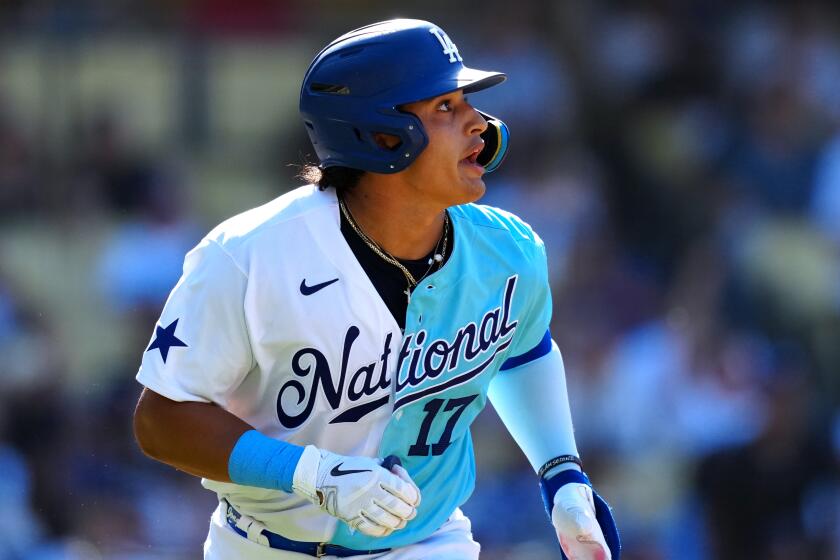From the archives:: Muhammad Ali: His final fight still had fans cheering

Larry Holmes, right, throws a left jab against Muhammad Ali during the fight at Caesar’s Palace on Oct. 2, 1980 in Las Vegas.
Larry Holmes won, but there were few cheers.
Even in victory, Holmes couldn’t win.
Nineteen years ago tonight, on a Caesars Palace parking lot, Holmes essentially closed the curtain on Muhammad Ali’s spectacular career, as riveting a career as that of any athlete this century.
Ali, 38, coming back after a two-year retirement, was beaten badly by Holmes. After the 10th round, Ali sat, as helpless on his stool as he was against Holmes’ superior speed. His trainer, Angelo Dundee, signaled to the referee that Ali was done.
It was Ali’s last title fight.
As the late Jim Murray wrote that night:
“OK, stop the music. Take off the paper hats. Take down those streamers. Tell the piano player to cool it. Hold the confetti. Close the bar. Nobody feels like a drink at a time like this. Cancel the parade, muffle the drums. The party’s over.”
Of Holmes, Murray wrote:
“Larry Holmes has shot Santa Claus. He has closed the circus. He couldn’t do any worse if he burned Disneyland and poisoned Mickey Mouse.”
Holmes, for years Ali’s sparring partner during his championship years, had beaten his old employer decisively. At no time in the fight was Ali competitive, and for much of it he appeared defenseless, a relic, his reflexes long gone.
Years later, many wondered if Ali already had been suffering from the early stages of Parkinson’s disease, which he later contracted.
As the two left the ring, there was relatively little cheering for the victor, but many cheered the fallen Ali.
And Holmes’ old boss still had most of the money. Ali earned $8 million that night, Holmes $4 million.
Note: This article was originally published on Oct. 2, 1999.
More to Read
Go beyond the scoreboard
Get the latest on L.A.'s teams in the daily Sports Report newsletter.
You may occasionally receive promotional content from the Los Angeles Times.










